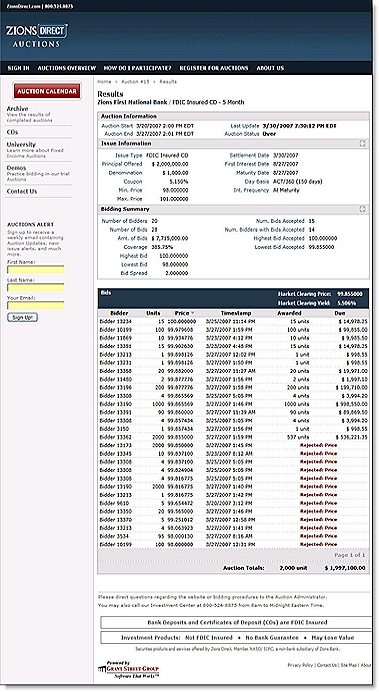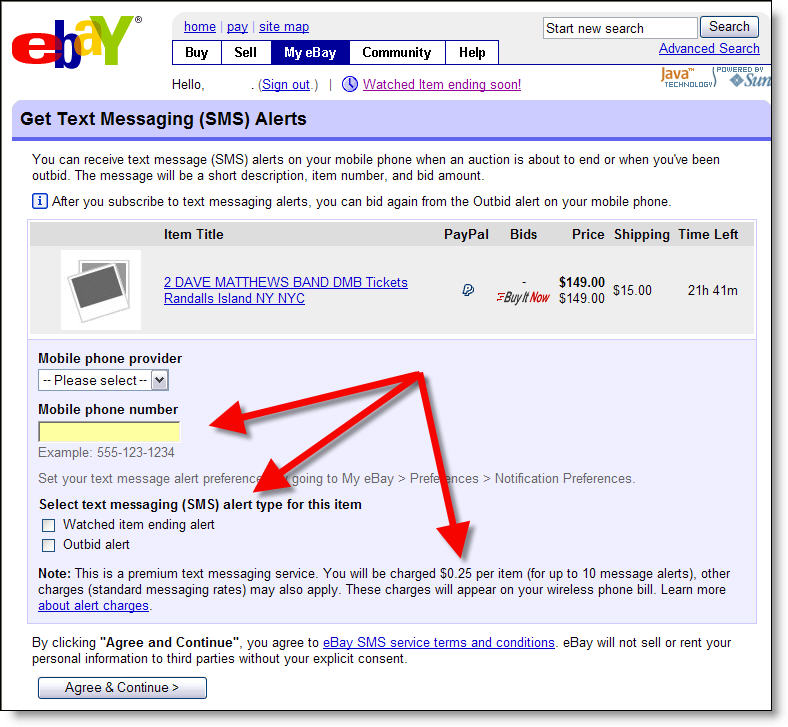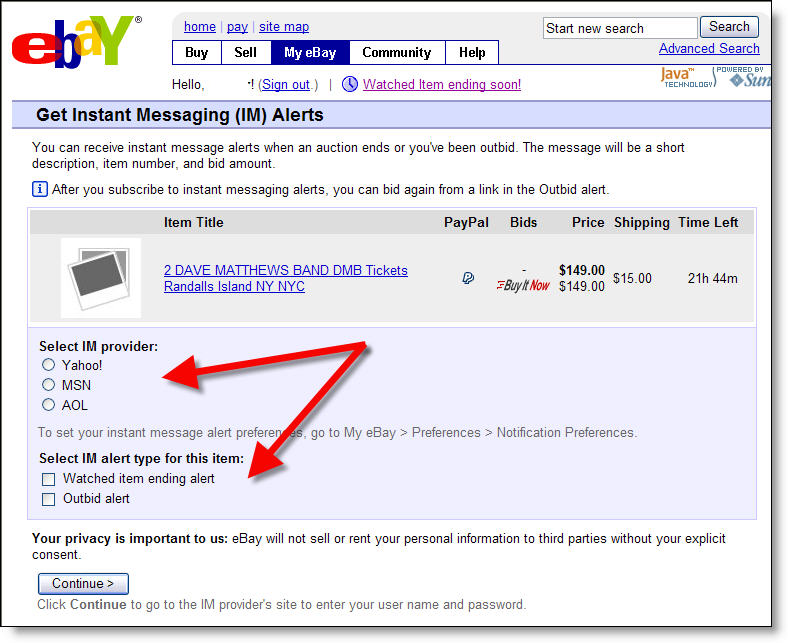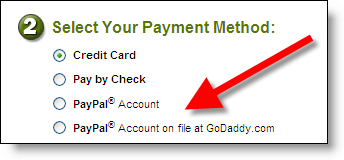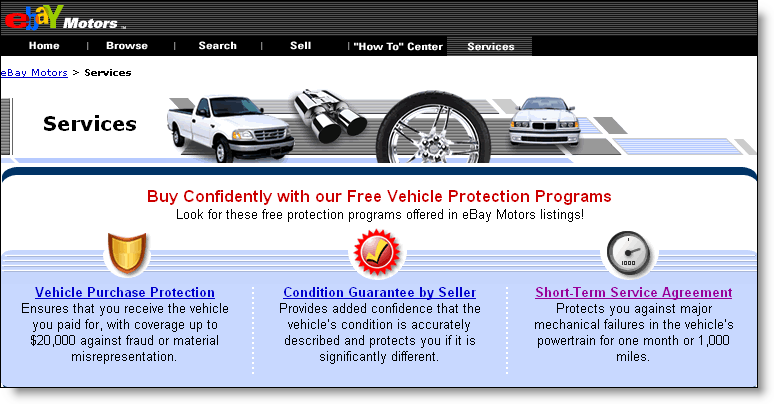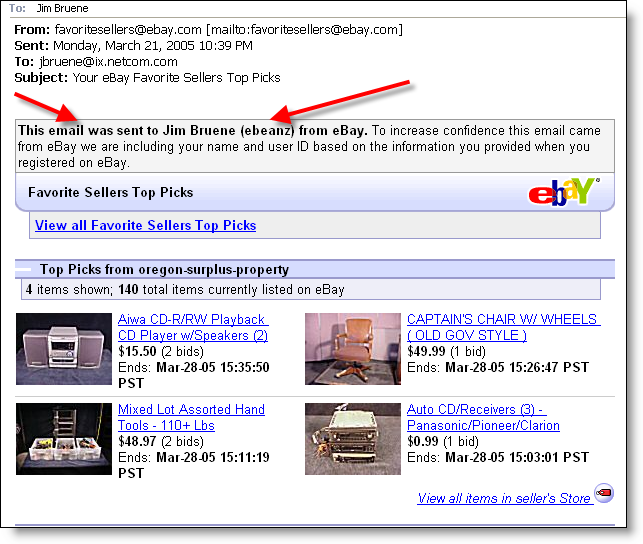![]() While I don’t use eBay for entertainment much any more, I still pick up the occasional used item now and then. And I love the rewards program which began about two years ago. It works like it should, with no qualification hoops to jump through or byzantine rules to discourage redemption (note 1).
While I don’t use eBay for entertainment much any more, I still pick up the occasional used item now and then. And I love the rewards program which began about two years ago. It works like it should, with no qualification hoops to jump through or byzantine rules to discourage redemption (note 1).
Users accrue a 2% cash-back bonus, called eBay Bucks, for three months. Then they have 30 days to spend it on the site. When paying for a subsequent purchase, the eBay Bucks are automatically used first, with any remainder shunted off to PayPal for authorization.
It’s all well integrated and transparent. eBay even emails you multiple times as the spending deadline approaches.
They company also provides ways to earn extra eBay bucks. Today, for example, they offered an extra fiver if you bought something worth $100 or more.
In addition, outside brands can make offers on the rewards-summary page as well. The current featured offers (for me anyway) are from Intuit’s Mint.com and TurboTax units. Users receive one eBay Buck for signing up for Mint and two for using TurboTax. There are 36 offers altogether, paying up to 15 eBay dollars (People Magazine). All offers are powered by TrialPay. Two others are financial:
- FreeCreditReport.com (Experian): 10 bucks
- Credit Karma: 1 buck
Side note: The eBay rewards implementation is a good example to simulate when designing your own in-statement rewards program.
————————————–
Mint.com offer displayed in eBay rewards program area (16 Feb 2012)
Close-up of Intuit offers
Landing page powered by TrialPay (link)
———————–
Notes:
1. I did fail to redeem my cash-back horde the first time, because I didn’t realize there was a 30-day redemption deadline. But not before eBay sent multiple messages reminding me of the pending deadline.
2. For more on in-statement rewards programs for banks, check out our Online Banking Report on the subject (published Feb. 2011).






















